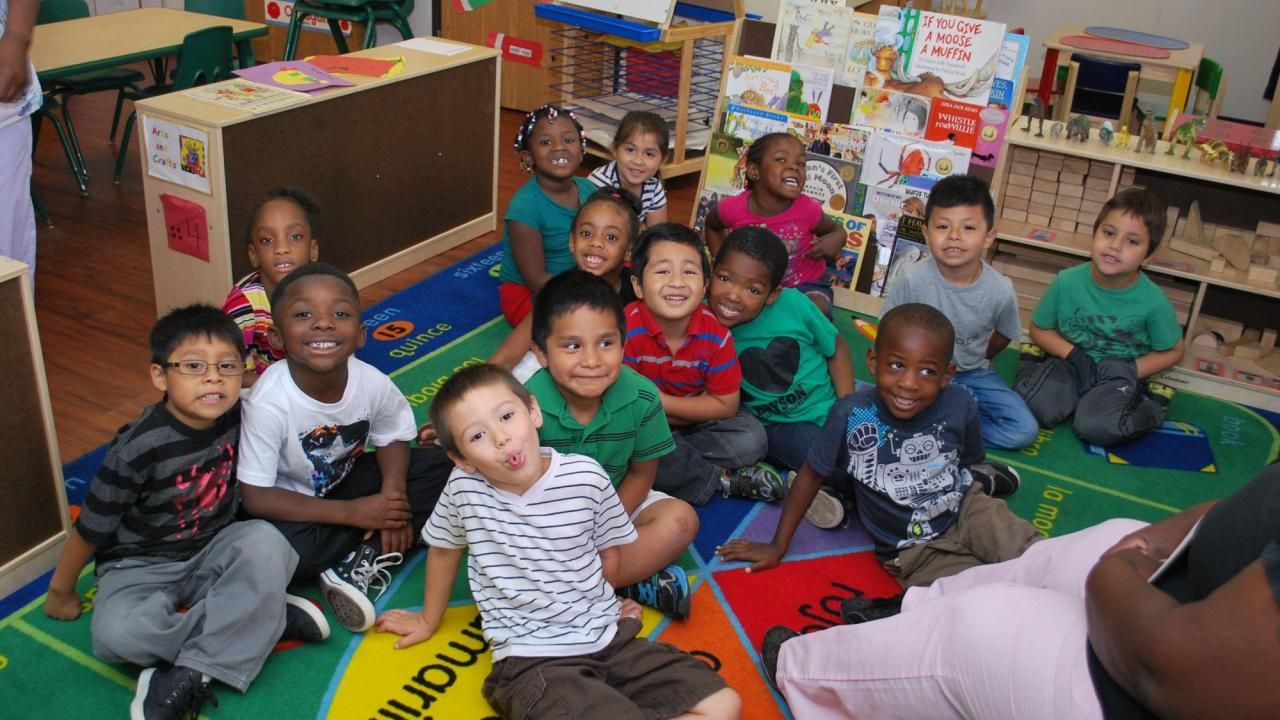Head Start program gives children from diverse backgrounds a leg up

This article was written for our sponsor, North Carolina Community Action Association.
The education children receive between three to five years old is critical as these are some of the most important years of their life. In fact, research suggests that children who attend pre-kindergarten experience improved academic readiness and higher graduation rates in the future. Additionally, while children from all backgrounds benefit from pre-kindergarten education, disadvantaged children and those from lower-income families tend to show more gains than their peers. Unfortunately, many don’t have the same access to educational programs that their more privileged counterparts have.
The Head Start program aims to minimize that gap, giving children from diverse backgrounds the chance to gain a leg up on their education. Started in 1965 by the Office of Economic Opportunity, the program is designed to be a holistic experience for low-income children and their families, promoting not only education, but also emotional, social, and nutritional health, as well as psychological needs.
Now, more than 50 years later, the program is still going strong, helping almost 30,000 students annually across North Carolina alone.
"There are about 2,000 days from the day a child is born until they go into kindergarten. Our job is to help them succeed and to promote school readiness and development in that time. In order to do so, we believe a strong, early learning foundation is needed," said Terry David, executive director of the Chapel Hill Training Outreach Project, which operates three Head Start programs across Durham and Orange Counties. "The cost of childcare is probably just as high as college. When you think about the average cost in the Raleigh-Durham area, it could be anywhere from $1,000 to $1,500 a month in what we call a five-star center."
Since many children from lower income or disadvantaged families can’t afford this level of care, the Head Start program offers a way to fill that educational gap with similarly high quality services. In fact, the Head Start programs operated by the Goldsboro-based Wayne Action Group for Economic Solvency — or WAGES — are all four and five star rated, and several are nationally accredited.
Each year, the Head Start programs across the state accept children based on those with the greatest need, typically decided by income versus household size. Children from birth to five years of age are eligible for the program — including those who are in foster care, homeless, or from families receiving public aid. Those involved with administering program services help set participants on a path for future success.
"It's the first five years and in particular, the first three years, that are the biggest window of opportunity as it relates to learning and growth for child development. So much of what happens as it relates to language, literacy acquisition, and all of these other things — cognitive development, social, emotional development, physical development — are impacted and tend to take off during those years," said Patricia Beier, executive director of WAGES. "When you look at how kids prepare to come to kindergarten ready to learn, some of that has impacted their poverty status, so I think that universal pre-K is huge for everyone. There is no replacement for it, because it's the best window of opportunity for children to gain those skills and knowledge that they need to be successful in kindergarten and beyond."
While there is an enrollment cap, children and families who are eligible for the Head Start program are encouraged to apply. Since the median household income in North Carolina is just above $50,000 a year — putting it well under the national average of $75,000 — the Head Start program can be invaluable to future development for children in families that fall below that average.
"There’s this study that shows that children living in poverty hear fewer than a third of the words that children from higher income families hear. There’s a big gap in terms of words for children who are experiencing poverty, and some of the concern is that words they hear are not the words that we want them to hear. They say there's a 30 million word gap by age eight," said David. "We have a tool, we call it a classroom scoring and assessment system. It’s set up so that children are engaged more, so children are participating, children have roles to lead, and we are building their vocabulary."
Since the Head Start program is federally funded, part of their funding is allocated to serve children with disabilities as well. Those who work with the program are given specialized training in order to accommodate these students as efficiently as possible, emphasizing the mission that the program is meant for all children.
At WAGES, for example, Beier and her team have worked with children who are blind, deaf, have mobility issues, and a number of other disabilities. In advocating for and working with all children, Beier hopes to communicate that the Head Start program can be a valuable tool for families from all walks of life.
"The vision for WAGES is that everyone has the opportunity to achieve their optimal potential, regardless of any factor, whether social, economic level, race, religion, disability status, age, anything," said Beier. "It really is about working with families to achieve their optimal potential and work with them on a comprehensive basis."
This article was written for our sponsor, North Carolina Community Action Association.











